Women in the Mekong Delta face numerous challenges, including limited access to educational opportunities and agricultural occupations threatened by the effects of climate change. A source of hope in this economically impoverished area, however, blooms in bright pink.
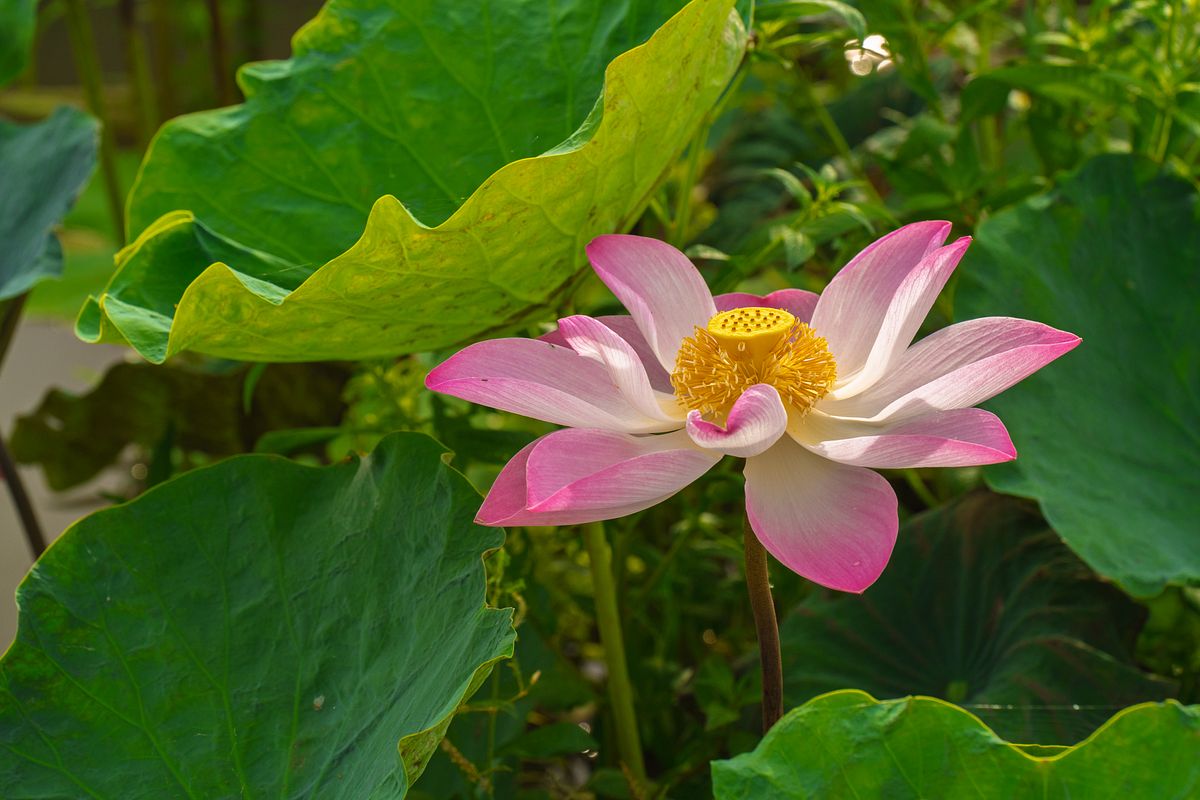
Vietnam’s national flower, the lotus, has long been used as a metaphor to describe Vietnamese people: from the mud grows a strong and resilient flower that provides nourishment. The plant is literally providing for women in the region thanks to a multifaceted program supported by WWF-Viet Nam as part of the larger Climate Resilient by Nature - Mekong project (CRxN Mekong).
Native to the Mekong Delta, lotus plants grow in rivers and lakes across a landscape significantly altered due to human development and agriculture. For decades, farmers looking to maximize food production have erected dikes during the flood season to grow a third crop of conventional rice per year. Doing so disrupts water cycles, which leads to soil degradation and loss of nutrients, while the chemicals needed for the plants further pollute the ecosystem. Lotus represents an alternative.
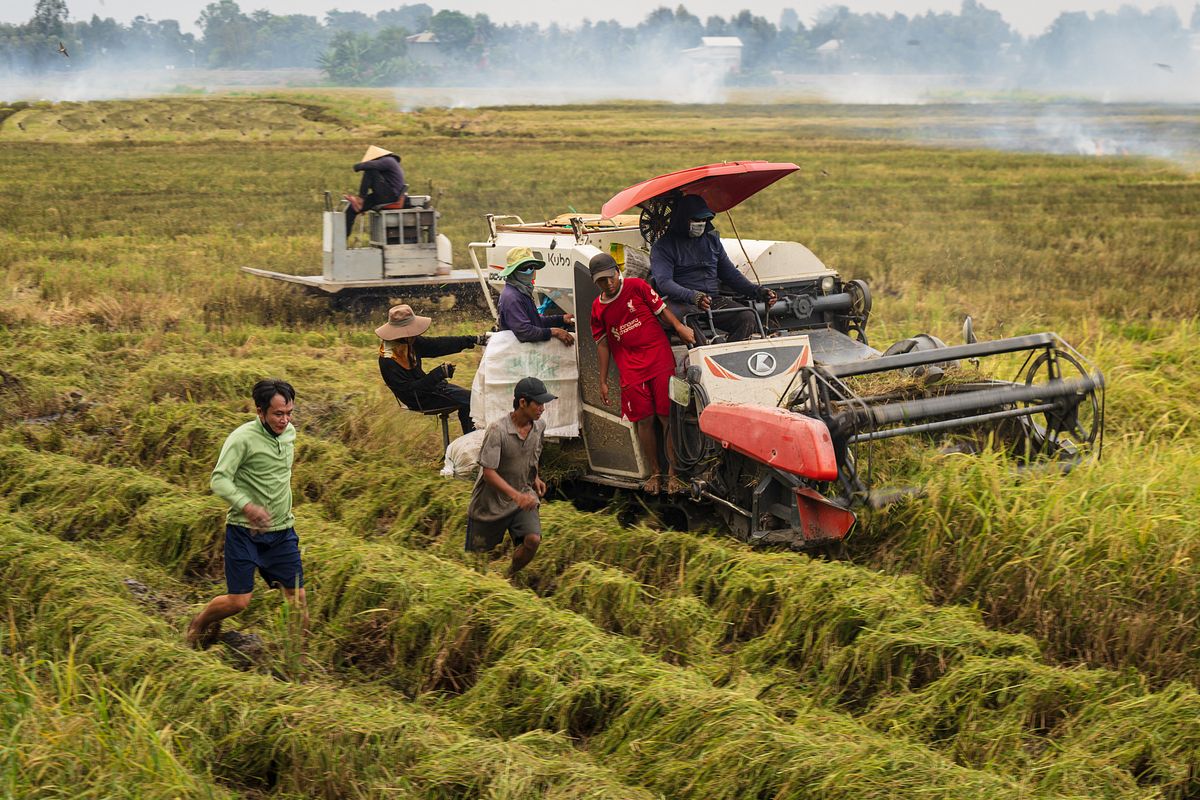
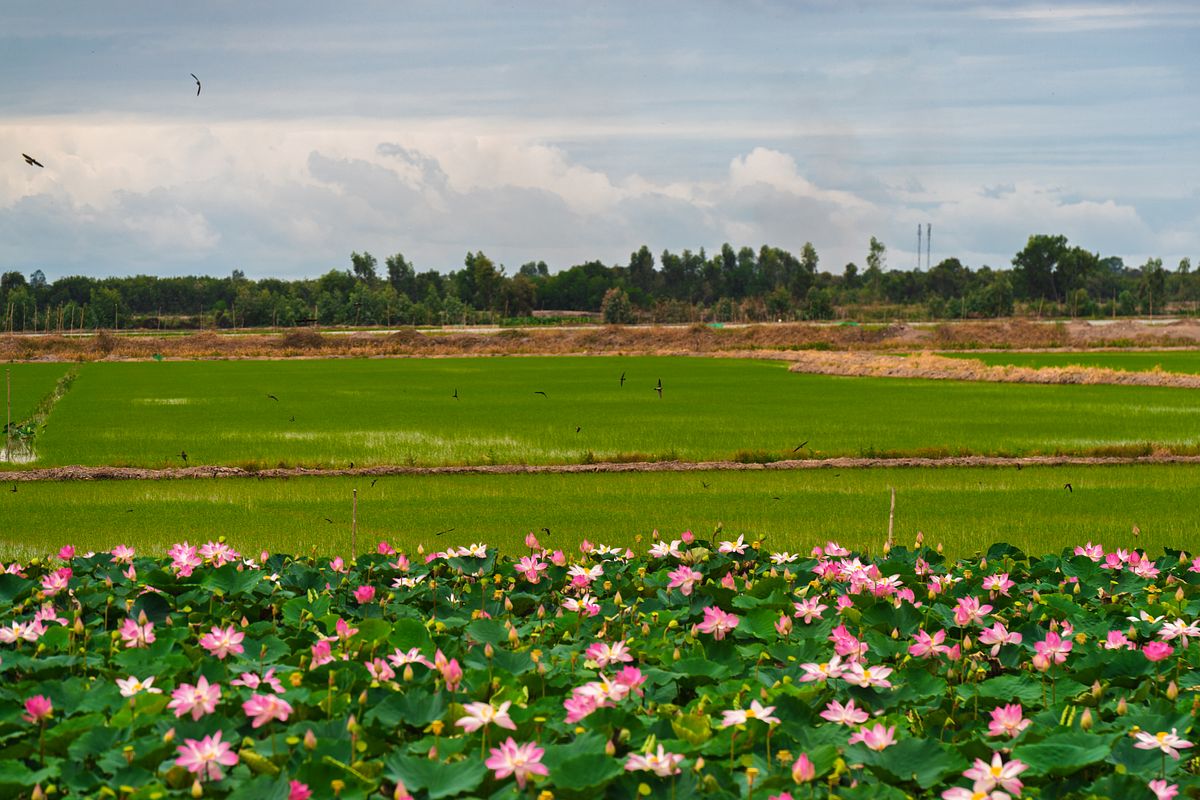
WWF-Viet Nam's lotus planting models support farmers growing lotus during the flood season. After four to four and a half months, the stems and seeds of the harvested plants can be processed and sold for consumption, bringing in approximately US$1,867 per hectare, a significant boon to local livelihoods. The environmental impacts of the program are similarly profound, with the model revealing lower greenhouse gas emissions as well as better water retention and quality, improved soil health and sedimentation, and a healthier biodiversity, all compared to a third season of conventional rice.
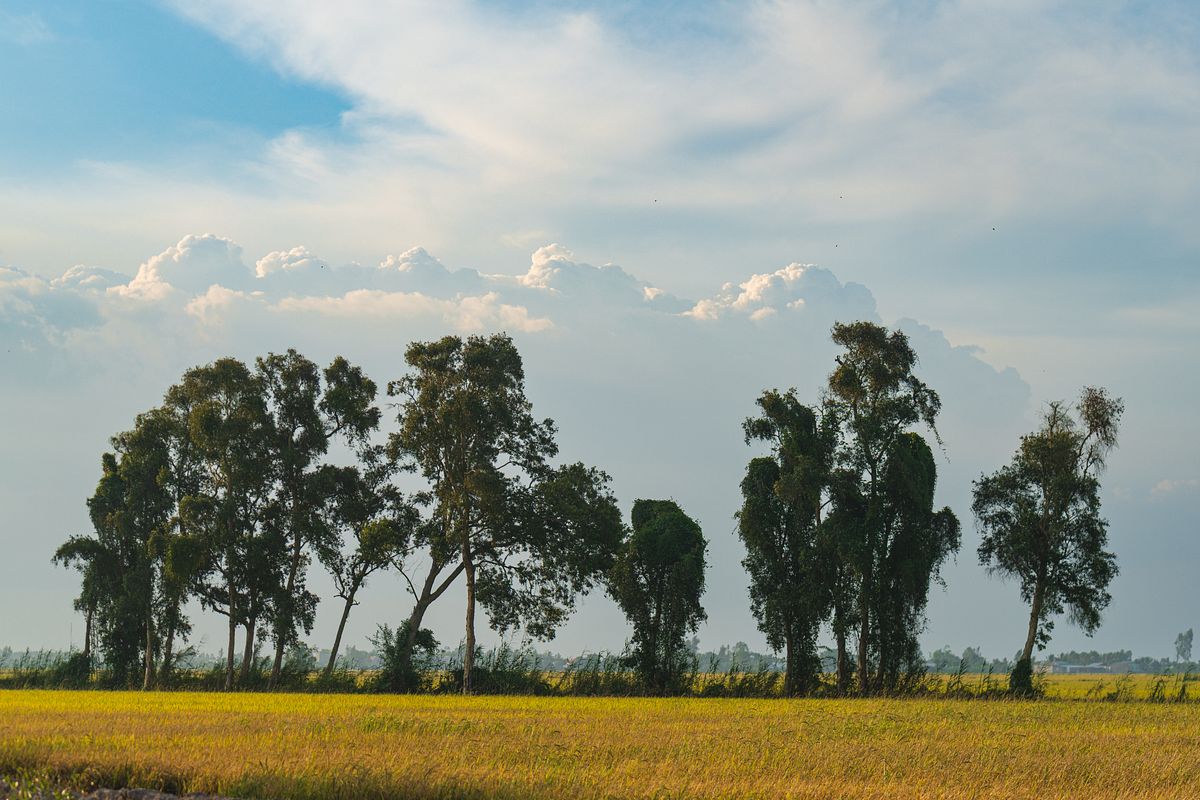
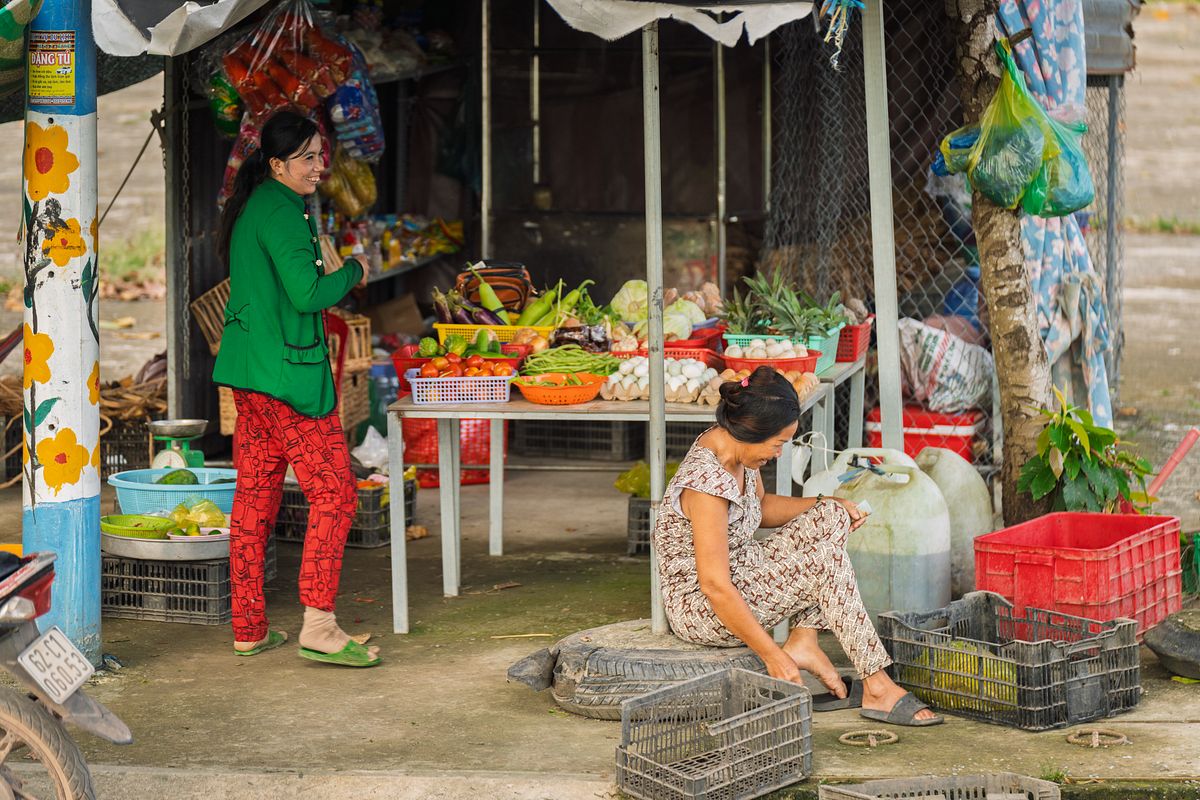
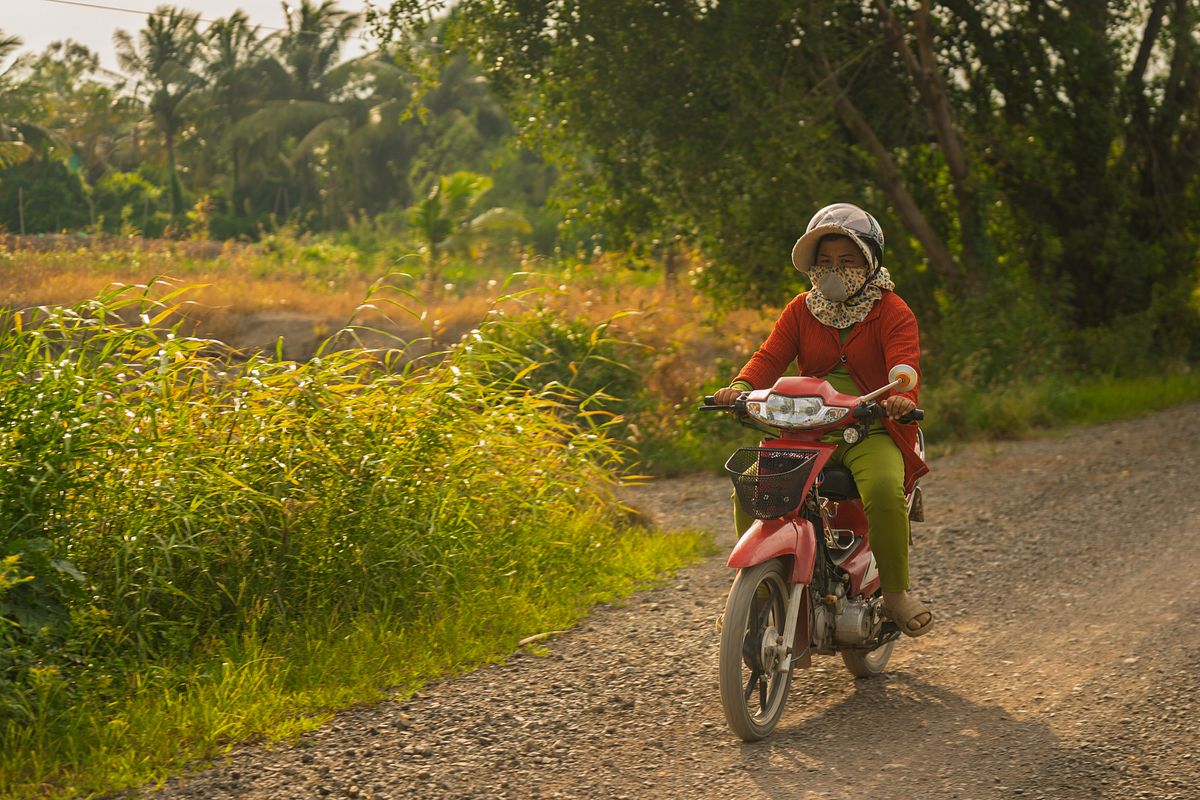
The vibrant natural ecosystems and human communities in the Mekong Delta depend on one another.
To encourage local farmers to adopt the lotus planting model, WWF-Viet Nam has provided technical and financial support to nine households in Tân Hưng, Vĩnh Châu, Vĩnh Thạnh communes, Tây Ninh province (formerly Vĩnh Đại, Vĩnh Lợi, Vĩnh Châu A, and Thạnh Hưng communes, Long An province). With the guidance of experts from An Giang Climate Change, the farmers are taught cultivation techniques and given organic fertilizers to prevent and reduce disease on lotus plants. Saigoneer visited several of the sites to understand what the project looks like in action and the impact it has on women in the area.
An Inspiring Visit to the Lotus Fields
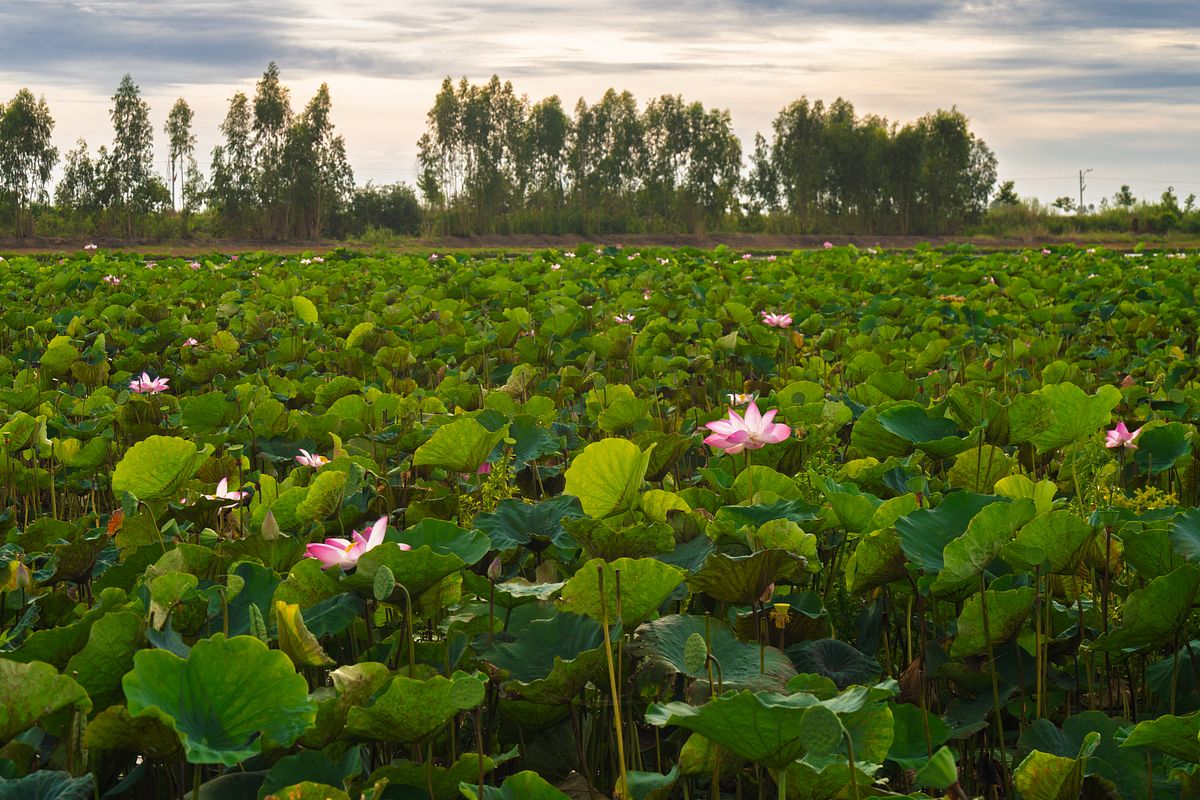
Amidst the crisp lines of rice fields that make a checkerboard of the landscape, lotus fields are messy scribbles of green and pink. To reach one, we had to take a small boat. Standing on a narrow embankment, we could just make out a group of women working up to their waists in water, their nón lá occasionally coming into view between flower blossoms, hands rising to pluck seed pods and drop them in baskets attached to their backs. After 15 minutes, the group had worked its way towards us, and we were able to speak with Lê Thị Thòng, a local farmer who was spending her morning harvesting the field.
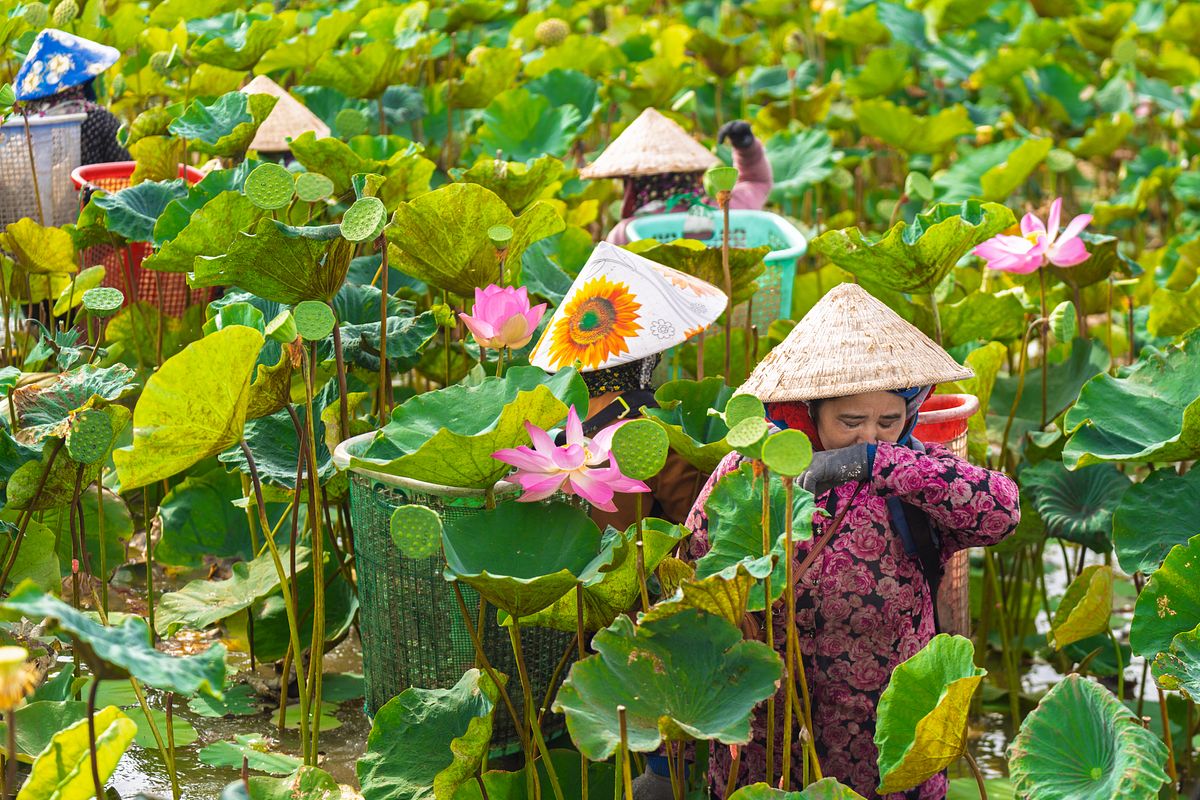
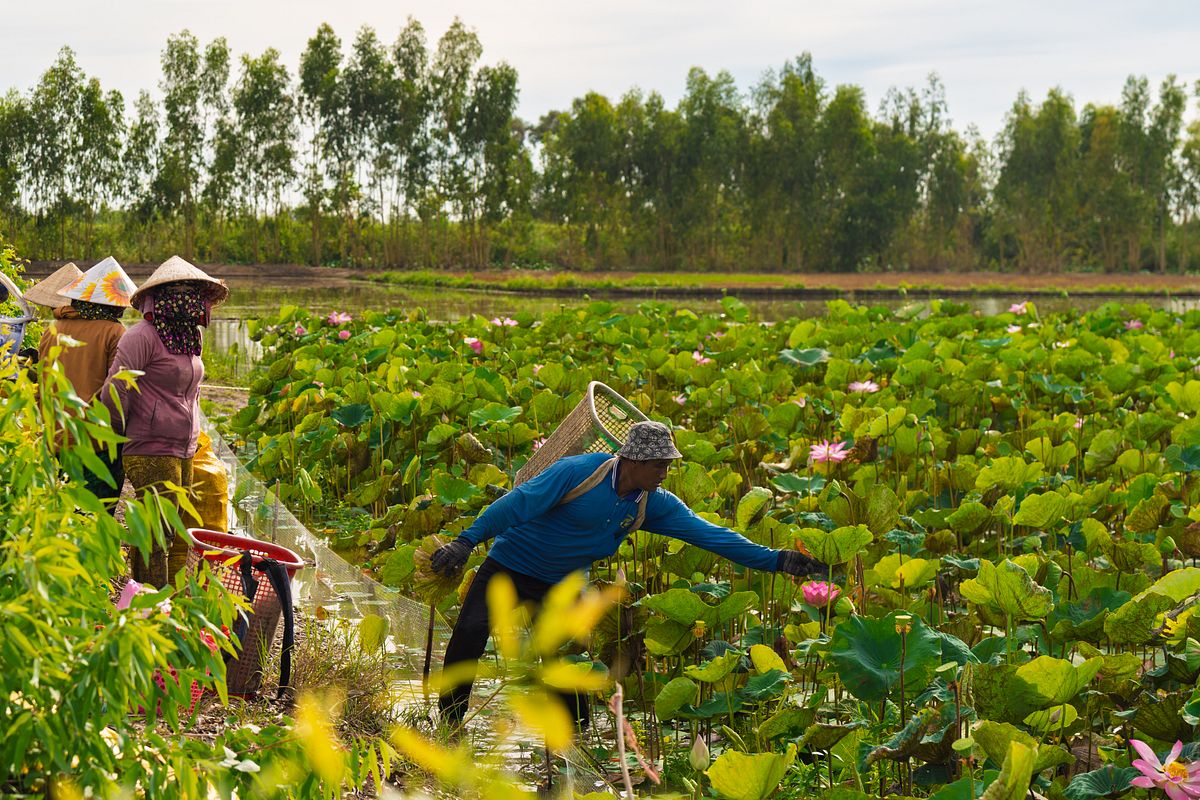
Thòng explained that she had been planting lotus before this project began, but “before, when I planted lotus, it sometimes succeeded, but without this process, the lotus often got diseases. The engineers supported clean lotus planting, and the technique is very good.”
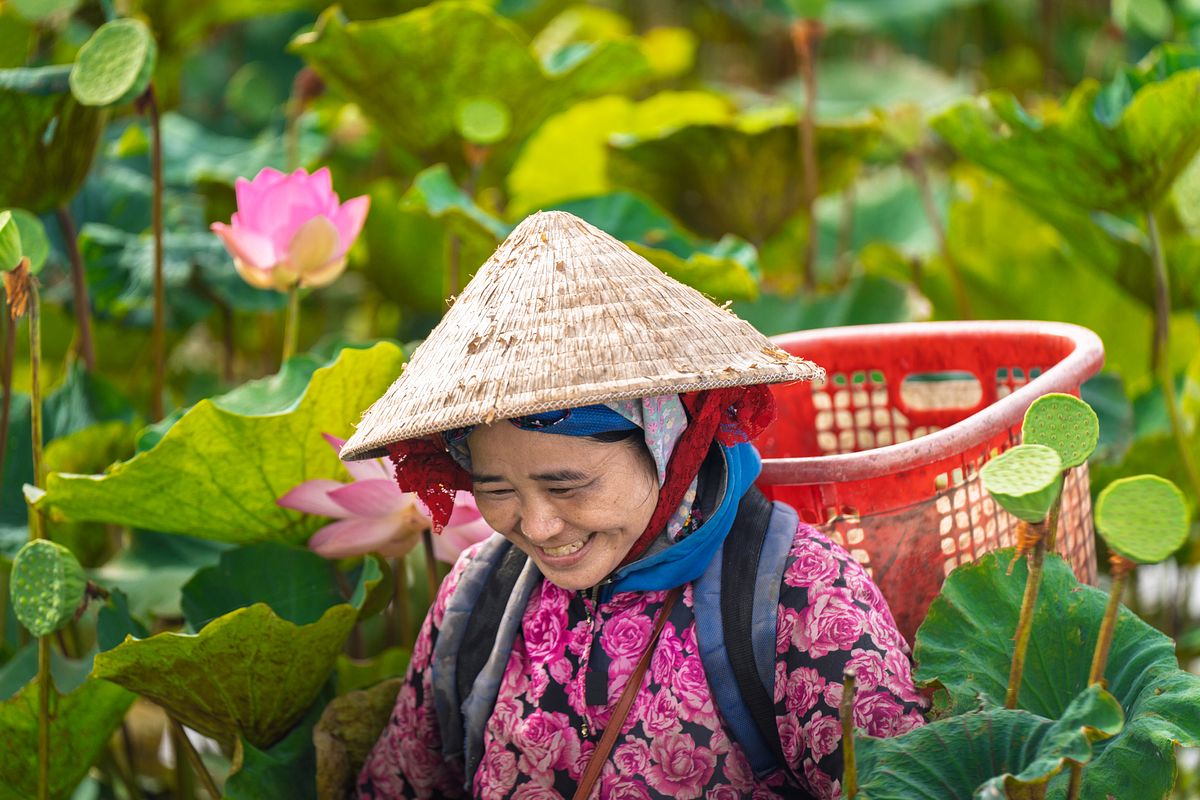
Lê Thị Thòng collects lotus pods.
Being able to plant lotus that reliably yields income has wide-reaching implications for the women in the region. Thòng uses the income for household needs, including more nutritious meals and her children’s education, which is particularly relevant because having work in the fields near her home means she can be available to pick them up from school, as opposed to industrial site jobs that are often unavailable to women because they require traveling great distances.
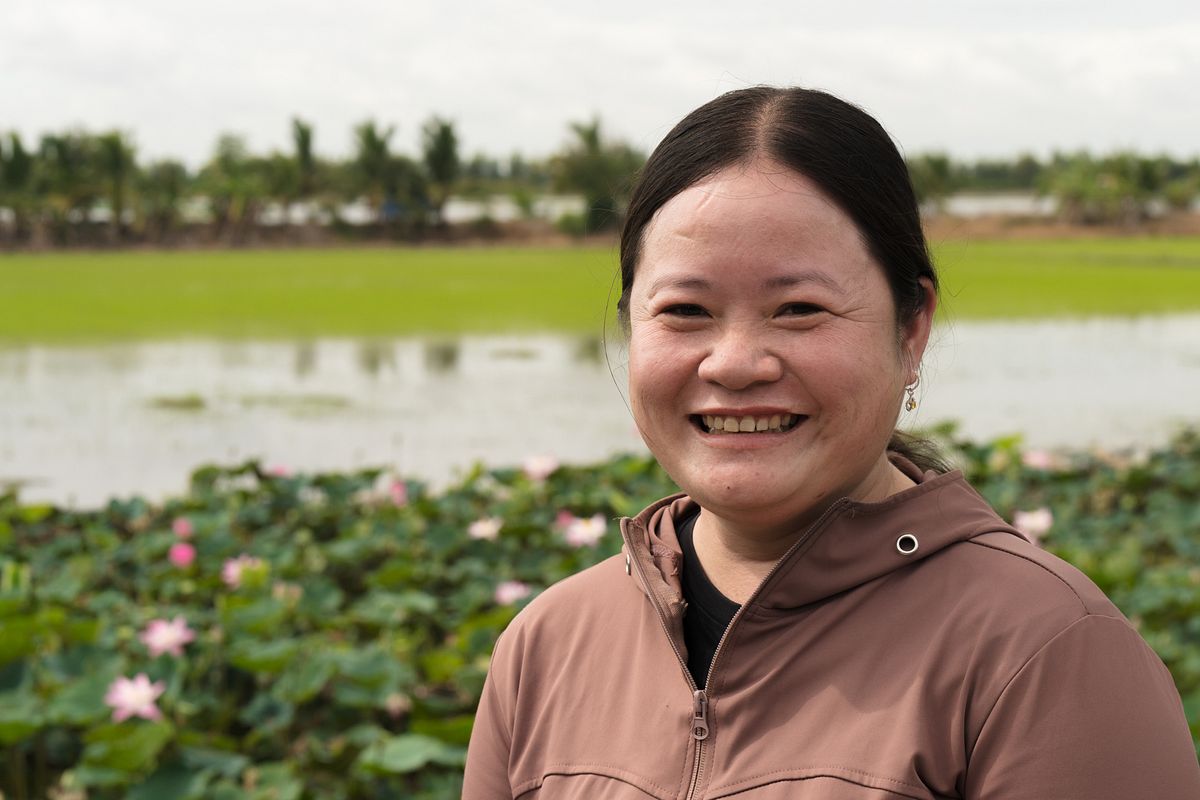
Nguyễn Thị Diễm Trinh in front of her home lotus field.
Nguyễn Thị Diễm Trinh, another lotus farmer, echoed these sentiments while explaining that the lotus program also expands her role in the community. After speaking with her about the specific methods of planting and harvesting lotus, she invited Saigoneer for lunch. As she was bringing out plates of thịt kho, khổ qua, and stir-fried lotus stems, people kept arriving at the front yard table. A WWF-Viet Nam representative, a neighbor, and a local official all happened to be stopping by for various routine purposes and were quickly told to grab a plate and sit down. The impromptu gathering resembled the more formal meetings held at her house, where “we gather 20–30 people — then we eat and talk together, it’s fun and friendly,” she explained. Indeed, the lotus planting gives women like Trinh and Thòng a role in local conversations and decision-making that elevates their standing in their homes and community.

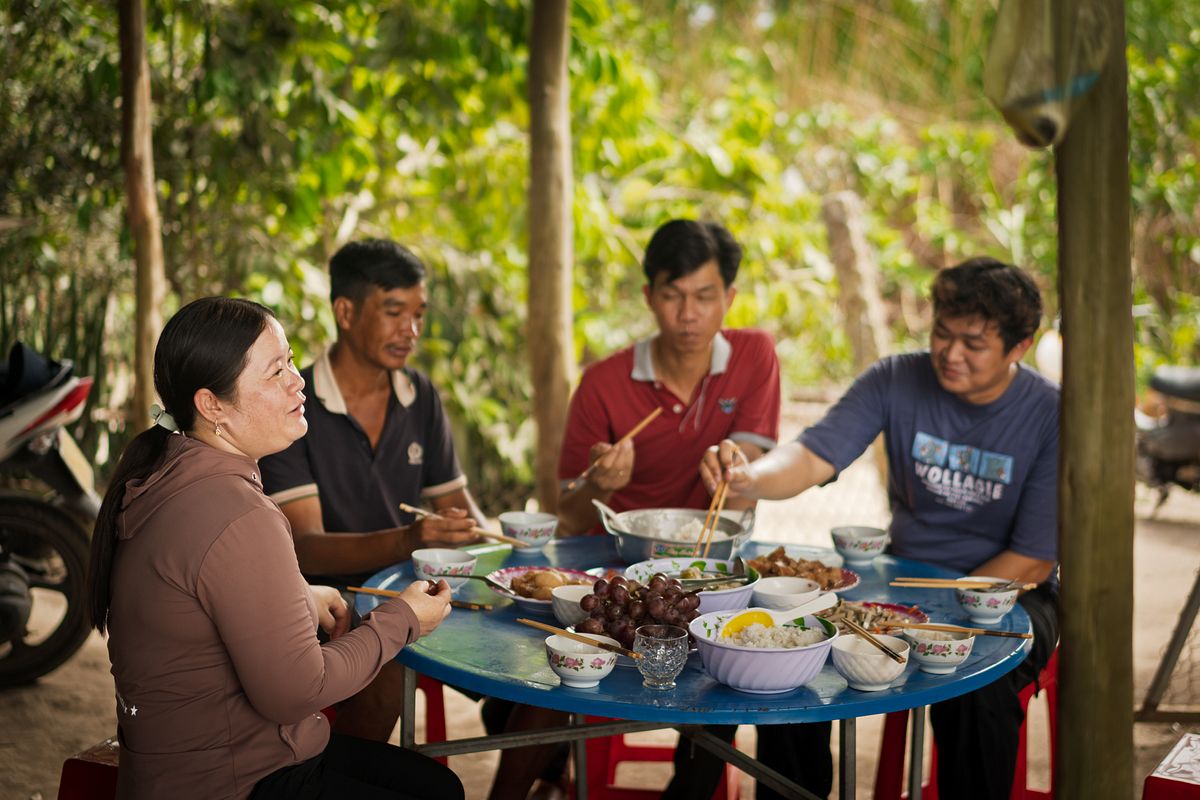
Sources of Optimism Inside a Lotus Factory
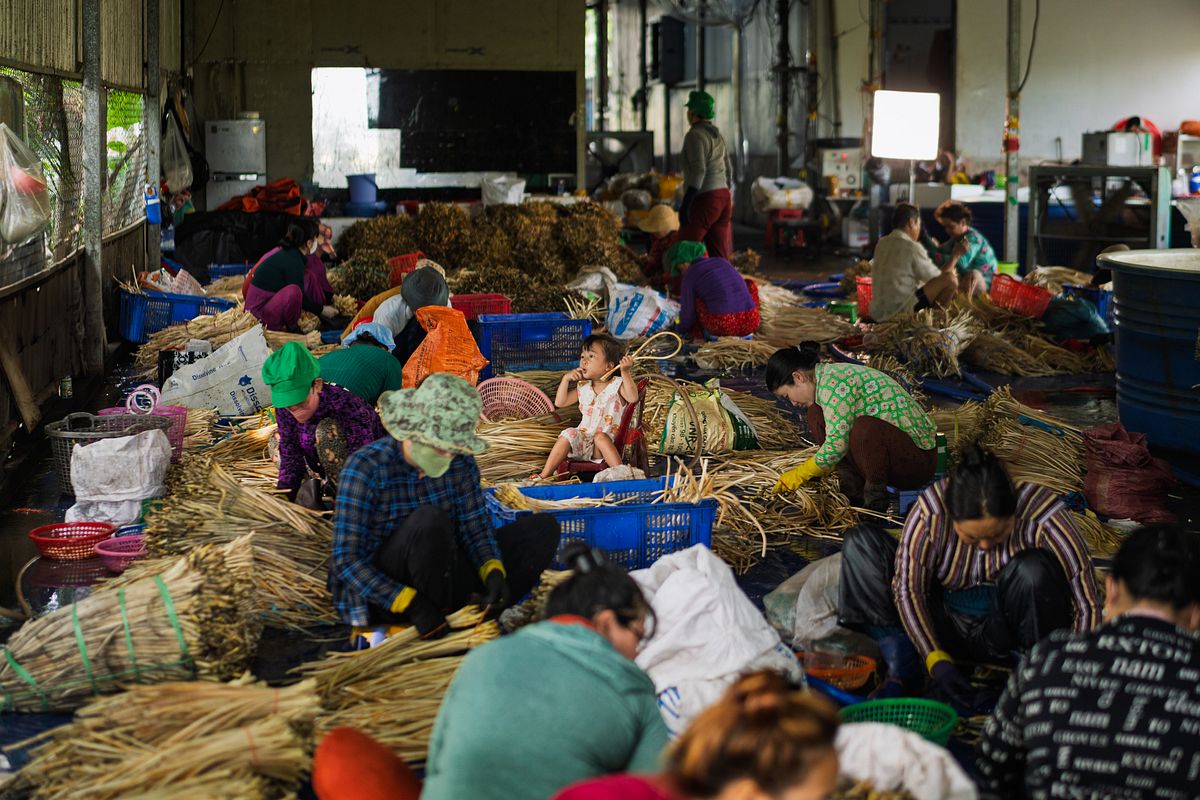
Every few minutes, a truck would arrive and a group of workers would hustle over to unload bundles of lotus stalks for parceling out across the factory floor, where women seated on plastic stools were washing, cutting, and sorting the stems. Large basins soaked and fermented the pieces on the other side of the cavernous space while a small team worked on preparing and packaging them in bags with bright labels, ready to be sent to grocery stores throughout the country and abroad. Tâm Lotus, a small business in Tây Ninh Commune, was founded in response to the fact that the area produces a significant amount of lotus stems, but had limited to no market for them. The company’s existence not only offers easy and reliable purchasing of the plants harvested in the fields, but also gives women vital occupational opportunities.
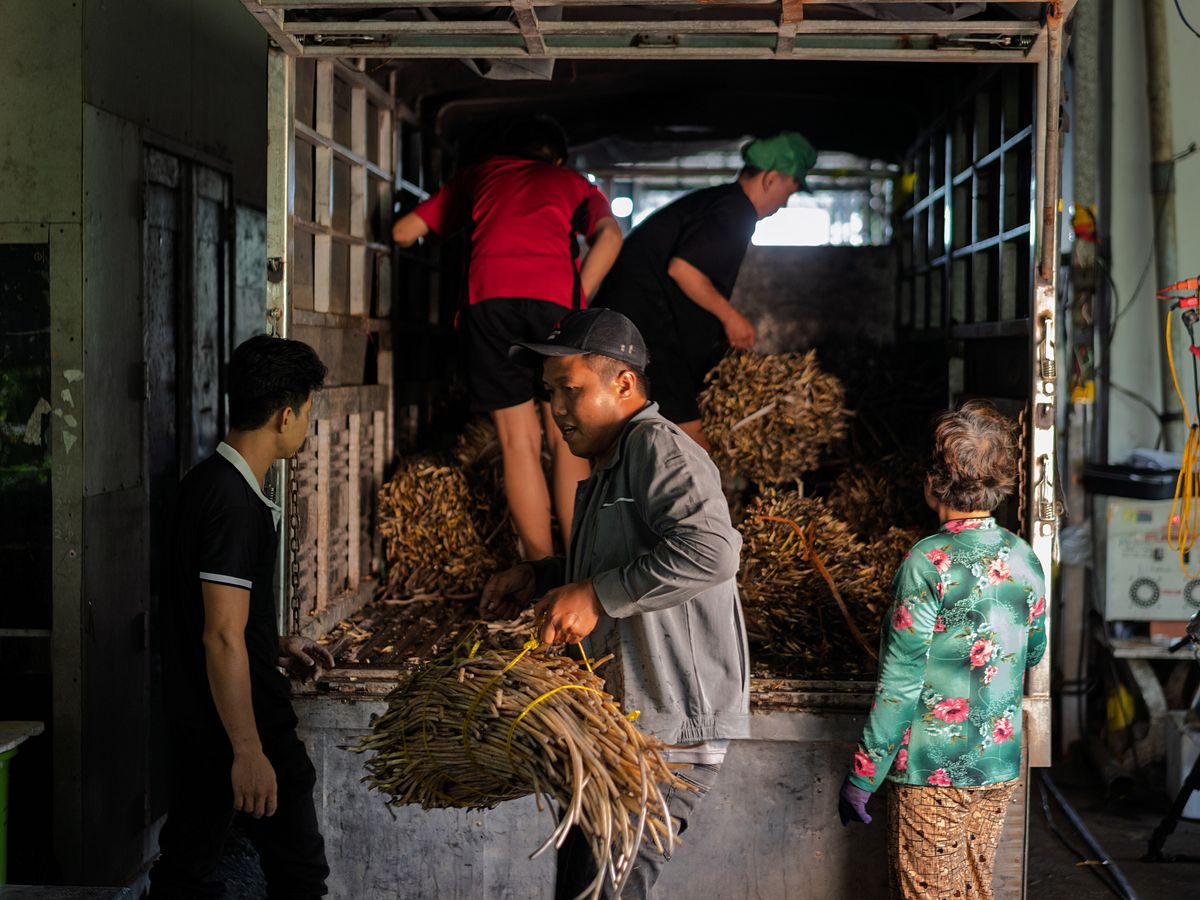
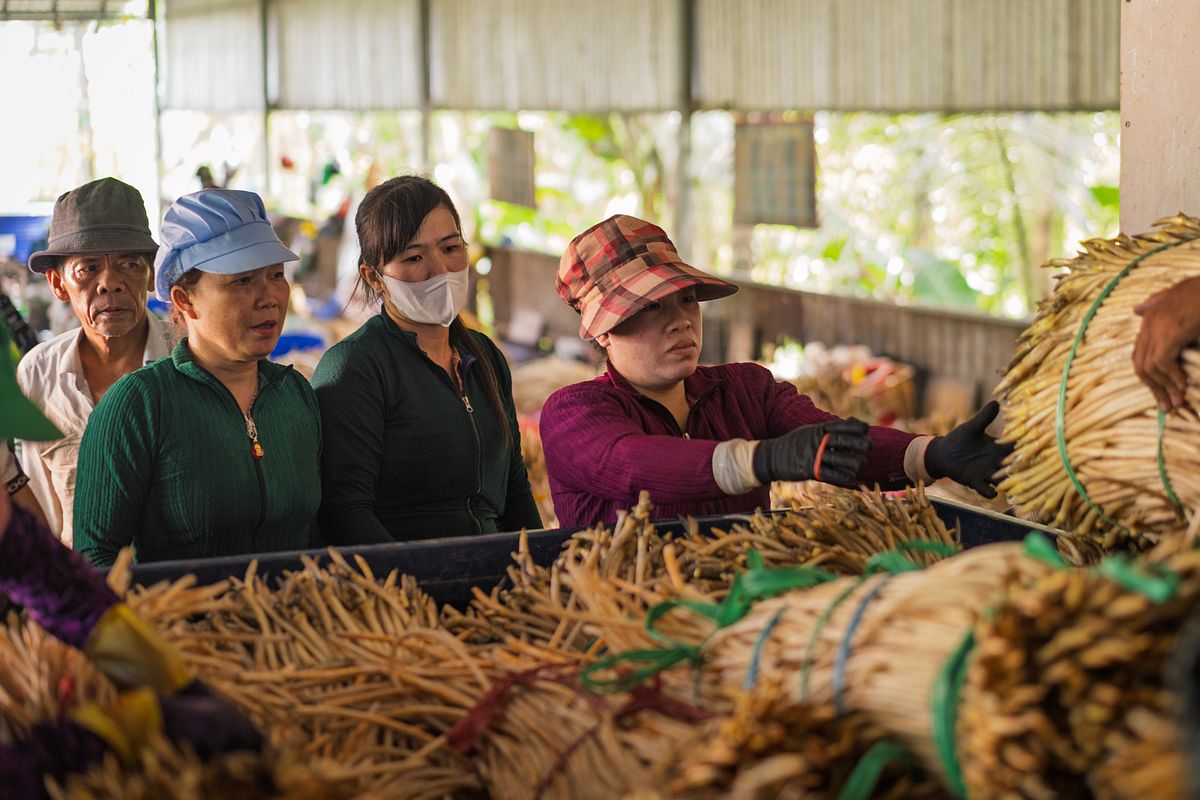
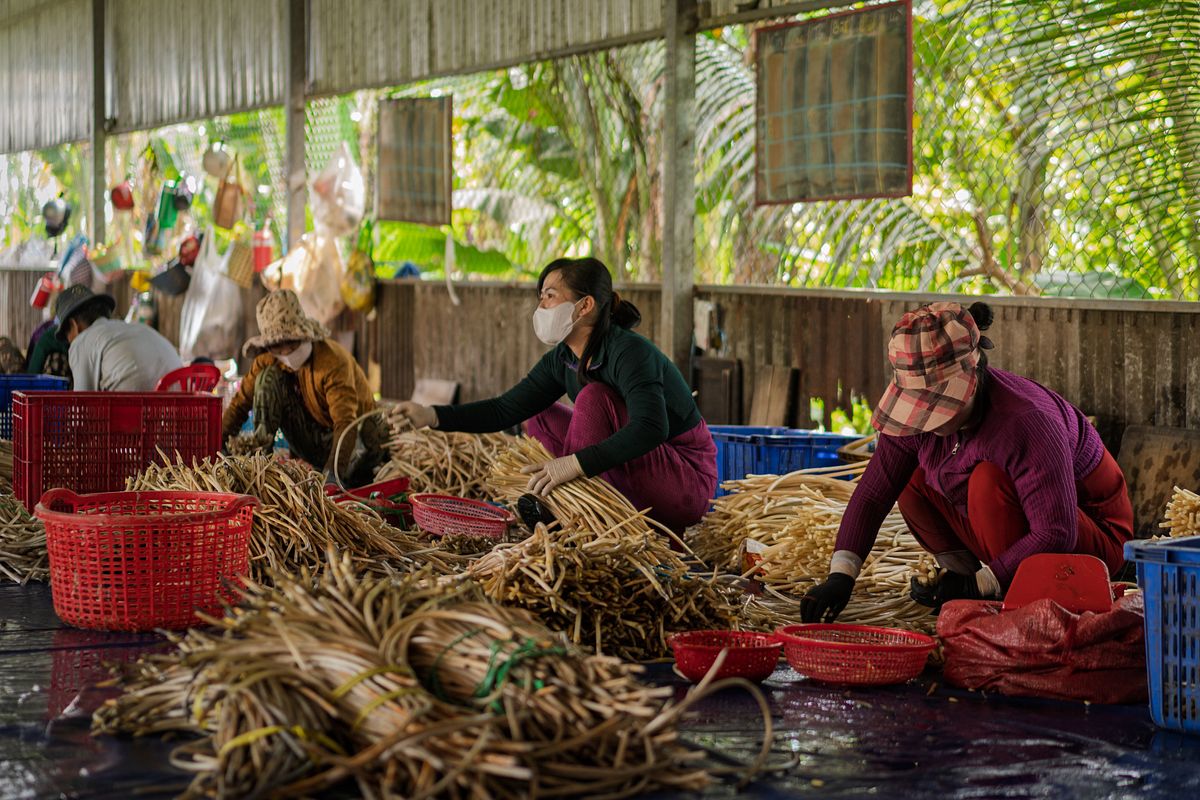
By acting as a gathering point for distribution via larger companies, Tâm Lotus allows the largely female workforce to work close to home and thus support their families. During our visit, we even met a woman who occasionally stops by with her adopted grandchild. “Everyone here really loves the child. They often buy little things for him. They know the child is an orphan—the parents separated—so Mr. Tâm, his wife, and their family often give things to the child.”
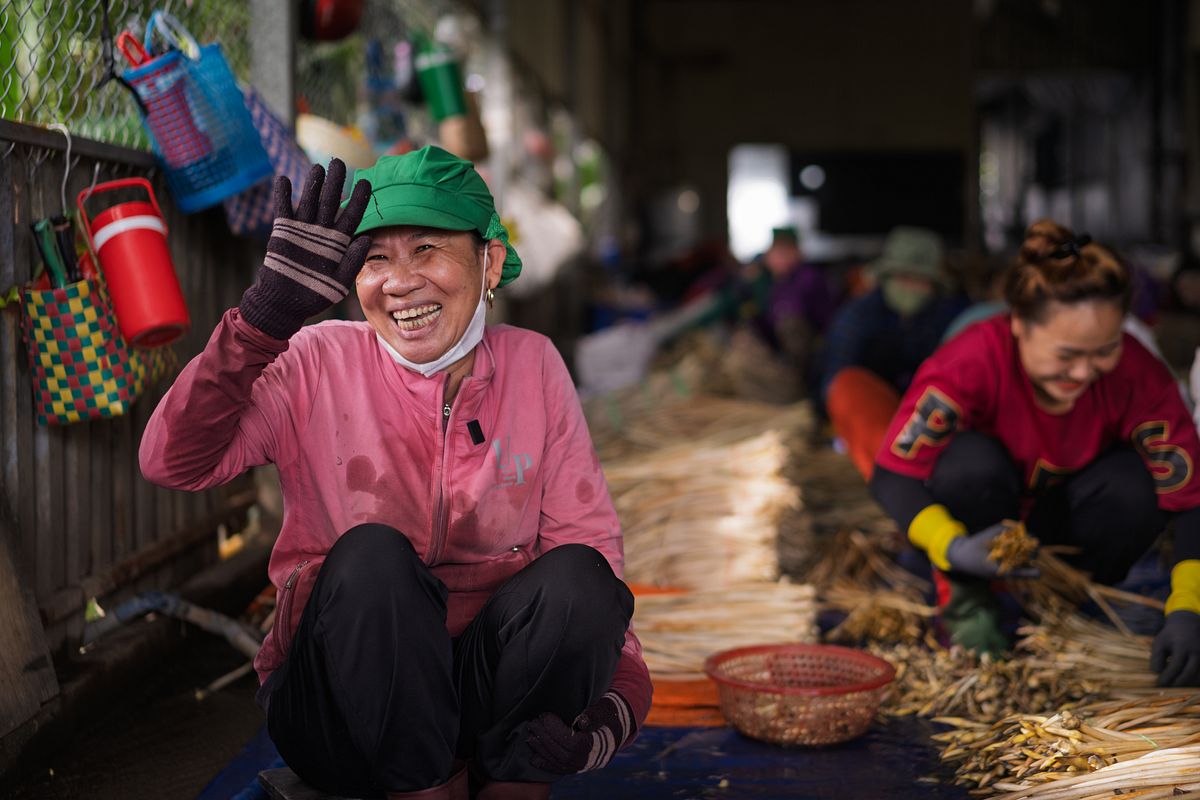
Like the women who plant and harvest the lotus, the women in the factory told us that the work offers them more than a stable income; it brings peace to their homelives and amplifies their voices. Hương, the plant manager, said, “Before, as a woman staying home to care for the kids, without earning money, my voice didn’t carry as much weight. Now that I work and earn money, I can be more equal in discussions.” She continued, “I feel more comfortable. Earning money and having a stable income makes me feel freer to do what I want.”
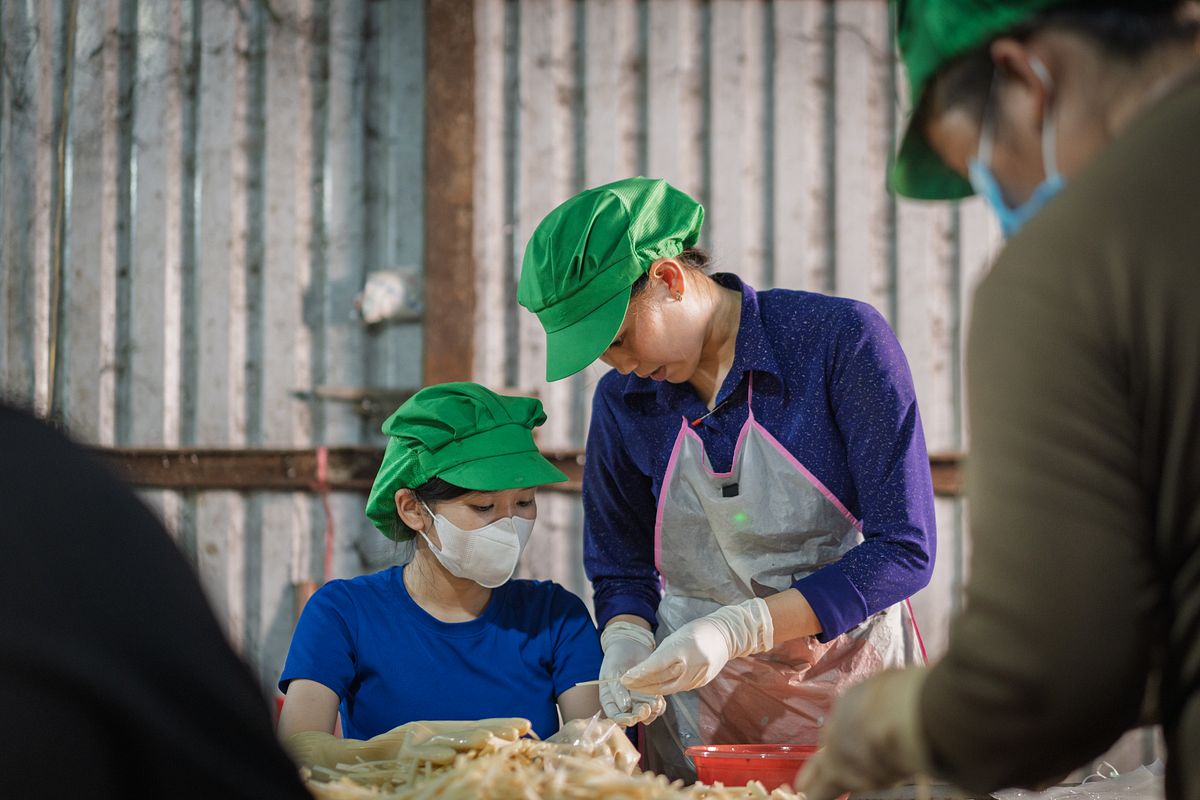
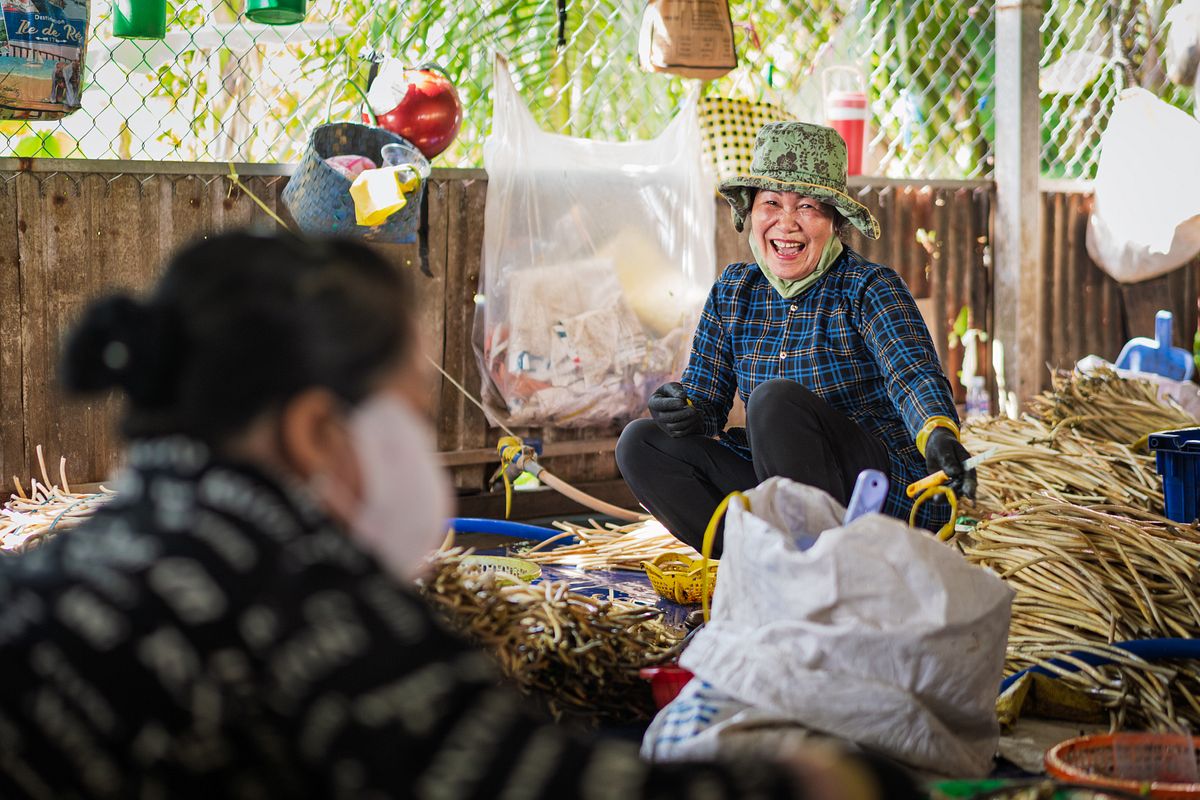
The improved livelihood conditions for women, thanks to the lotus activities, coincide with positive environmental impacts for the local environment and broader upstream wetland ecosystems of the Mekong Delta. Compared to conventional rice farming, the lotus model results in a 73.2% reduction in greenhouse gas emissions. Moreover, it leads to better water quality and quantity, with over 662,000 cubic meters of water stored per hectare of crop. Meanwhile, soil fertility is improved, which reduces the need for fertilizers in the subsequent season while strengthening the biodiversity in an environment that is home to more than 86 plant species, 51 fish species, and 73 waterbird species.
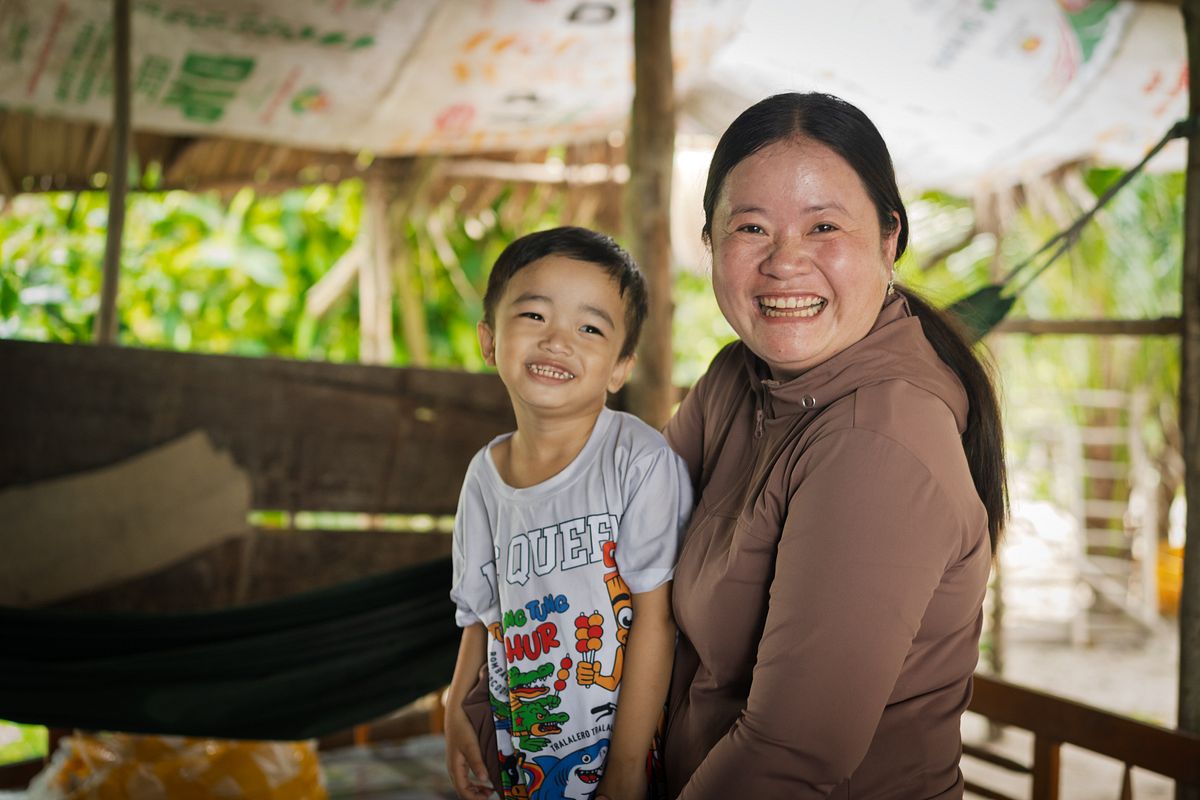
Nguyễn Thị Diễm Trinh at home with her young son.
One sees the image of a lotus flower nearly every day in Vietnam. From large public fountains and decor to branding elements to fashions, the beautiful symbol of the nation is everywhere. After learning more about its role in the WWF-Viet Nam’s CRxN Mekong project, one can look upon it with an even greater appreciation, knowing it's not merely an aspirational symbol, but a true source of positive change for the people and land.


